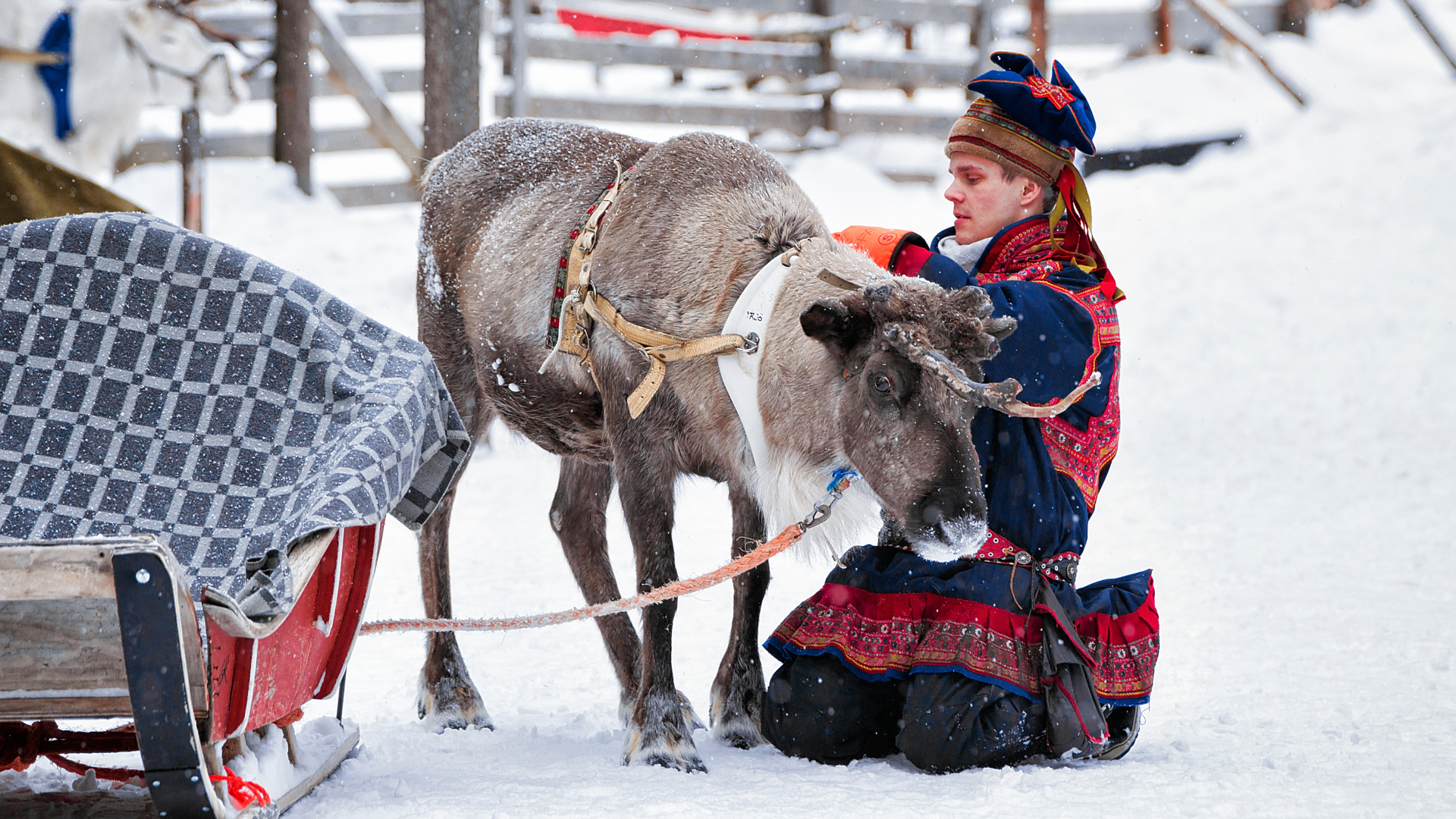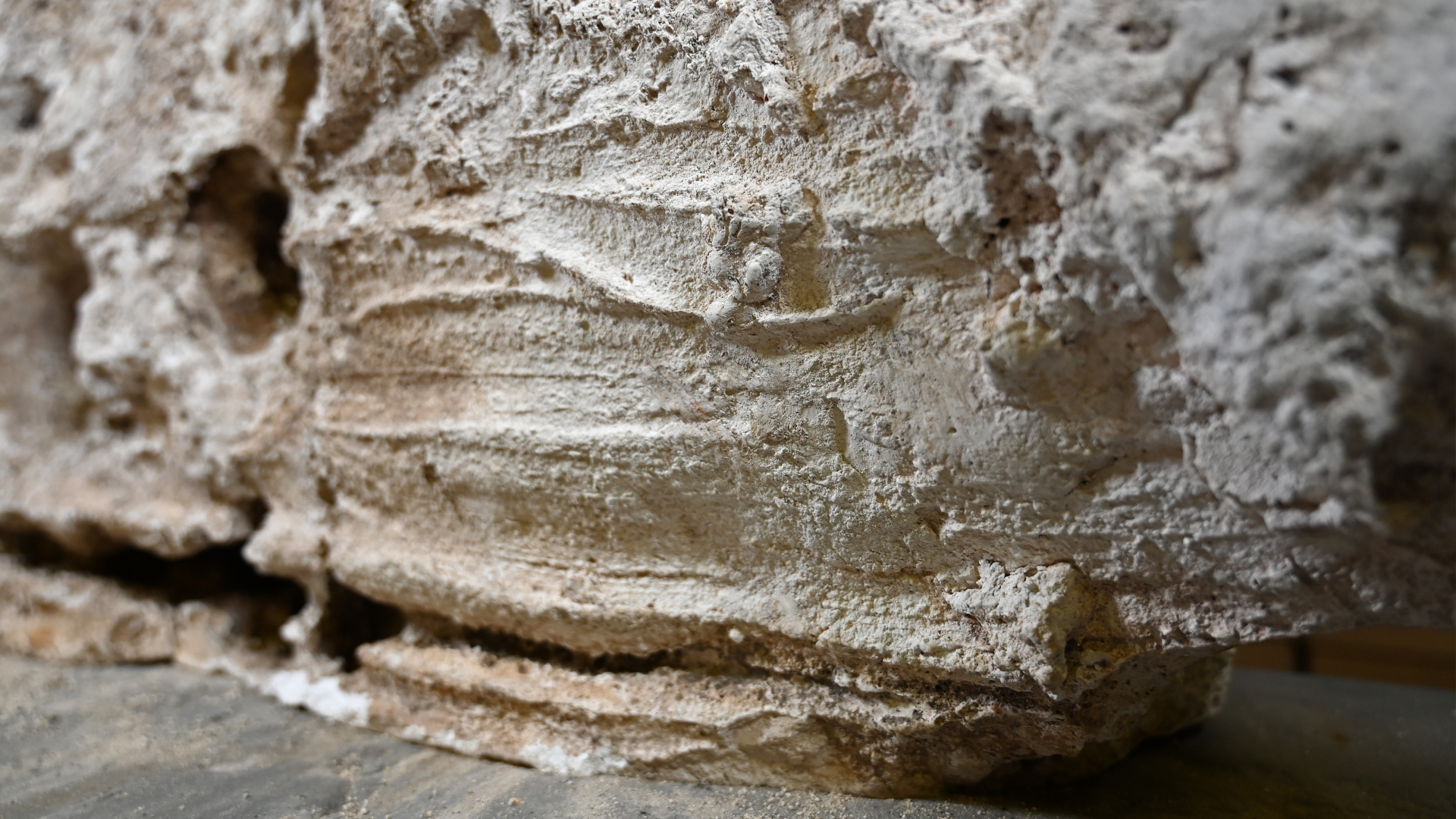Ancient DNA suggests ancestors of Estonians, Finns and Hungarians lived in Siberia 4,500 years ago
A study of genomes from ancient Siberian people shows genetic linkages with people living in Estonia, Finland and Hungary today.

Present-day speakers of Hungarian, Finnish and Estonian have substantial Siberian ancestry, a new study of ancient genomes finds. These roots likely spread westward from a group of people living in the forest steppes of the Altai Mountains of Central and East Asia 4,500 years ago.
Ancient DNA revealed that this group was patrilineal, or organized based on descent from fathers.
However, while ancient DNA can show where a group moved over time, it's challenging to use genetics to track language. So experts have noted that the results do not definitively prove a link between speakers of these languages and the ancient DNA pattern.
Migrating out of Siberia
In a study published July 2 in the journal Nature, researchers analyzed 180 people who lived in northern Eurasia between the Mesolithic period and the Bronze Age (11,000 to 4,000 years ago). The team then added these individuals to a database of more than 1,300 previously analyzed ancient people, and then compared these genomes to those of modern people. One significant finding came from the genomes dating to the Late Neolithic to Early Bronze Age (4,500 to 3,200 years ago).
They discovered that the geographical locations of ancient people with a DNA pattern they termed Yakutia_LNBA were "unambiguously associated with ancient and present-day Uralic-speaking populations," the researchers wrote in the study.
Related: Can you forget your native language?
Uralic languages are a group of more than 20 tongues spoken by millions of people, but the most prominent are Estonian, Finnish and Hungarian. Linguists have been interested in these three major Uralic languages because they are different from the Indo-European ones spoken in the countries around them.
Get the world’s most fascinating discoveries delivered straight to your inbox.
"Neighboring populations speaking Indo-European languages tend not to have Yakutia_LNBA ancestry, or any other kind of East Asian ancestry," study lead author Tian Chen Zeng, a graduate student in human evolutionary biology at Harvard University told Live Science in an email. "Yakutia_LNBA ancestry is the only East Asian ancestry present in the genetic makeup of almost all present and ancient Uralic-speaking populations."
The researchers identified the Yakutia_LNBA group in the bones of people who lived between 4,500 and 3,200 years ago in Siberia. They may have been part of the Ymyyakhtakh culture, an ancient culture in northeast Siberia that had ceramic technology, bronze objects and arrowheads made of stone and bone.
Archaeologists had previously found that Ymyyakhtakh pottery spread south to the forest steppes of the Altai-Sayan region near the intersection of modern-day Russia, Mongolia, Kazakhstan and China around 4,000 years ago. The researchers suggested the Yakutia_LNBA DNA pattern may therefore be tied to prehistoric Uralic-speaking cultures.
"A straightforward interpretation of this is that Yakutia_LNBA ancestry dispersed from East to West alongside the Uralic languages," Zeng said.
"We show that Yakutia_LNBA may serve as an excellent tracer dye for the spread of early Uralic-speaking communities," the researchers noted in the study.
The scientists also found that this group, which eventually spread westward, may have been organized by patrilineal descent, based on Y chromosome patterns in the ancient DNA.
The challenges of tracking languages
But the association between genetics and language is complicated to prove, particularly in the past.
"One's genetic make-up offers no insight into the range of languages one might speak, nor which of these one considers their primary language," Catherine Frieman, an archaeologist at Australian National University who was not involved in the study, told Live Science in an email.
Because people communicate in complex ways, "I think we need to consider how multilingualism, including across language families, may have shaped or affected language spread and change," Frieman said.
While the researchers do not address multilingualism in their study, Zeng said that "it is extremely likely that ancient populations were multilingual." However, he said, "extensive language change would have likely involved migration — or at the very least the integration of a substantial fraction of linguistic newcomers into populations across a region — to a level that is likely to leave some genetic impact."
But Frieman cautions that we need to be careful not to equate a genetic cluster to a specific language or family, particularly when thinking about how past people lived their lives.
Although the study presents "an interesting and welcome focus on [ancient] DNA from eastern Eurasia," Frieman said, "this particular manuscript was largely designed to answer questions about population genomics," not language, Frieman said.
Stone Age quiz: What do you know about the Paleolithic, Mesolithic and Neolithic?

Kristina Killgrove is a staff writer at Live Science with a focus on archaeology and paleoanthropology news. Her articles have also appeared in venues such as Forbes, Smithsonian, and Mental Floss. Kristina holds a Ph.D. in biological anthropology and an M.A. in classical archaeology from the University of North Carolina, as well as a B.A. in Latin from the University of Virginia, and she was formerly a university professor and researcher. She has received awards from the Society for American Archaeology and the American Anthropological Association for her science writing.
You must confirm your public display name before commenting
Please logout and then login again, you will then be prompted to enter your display name.


